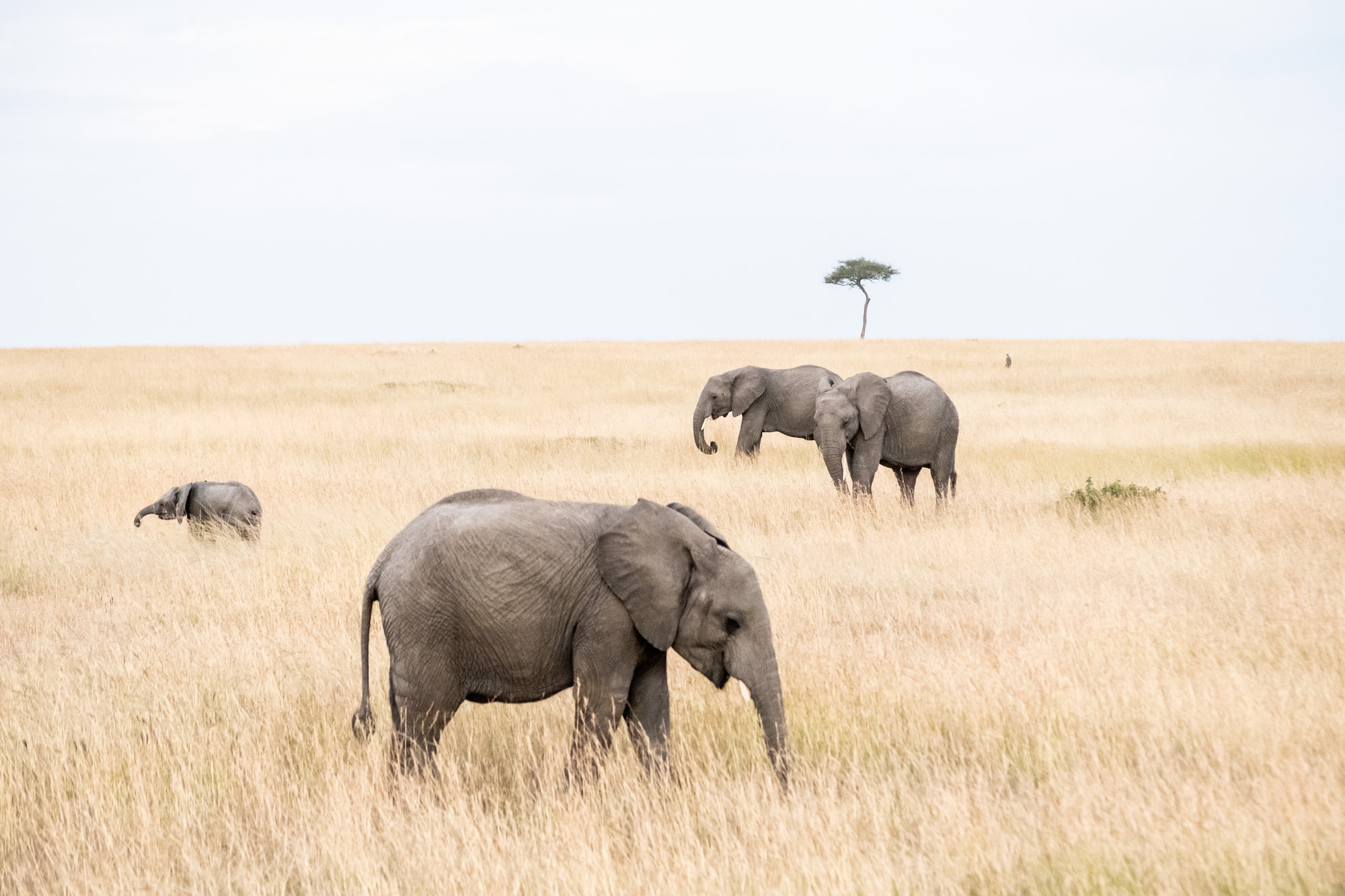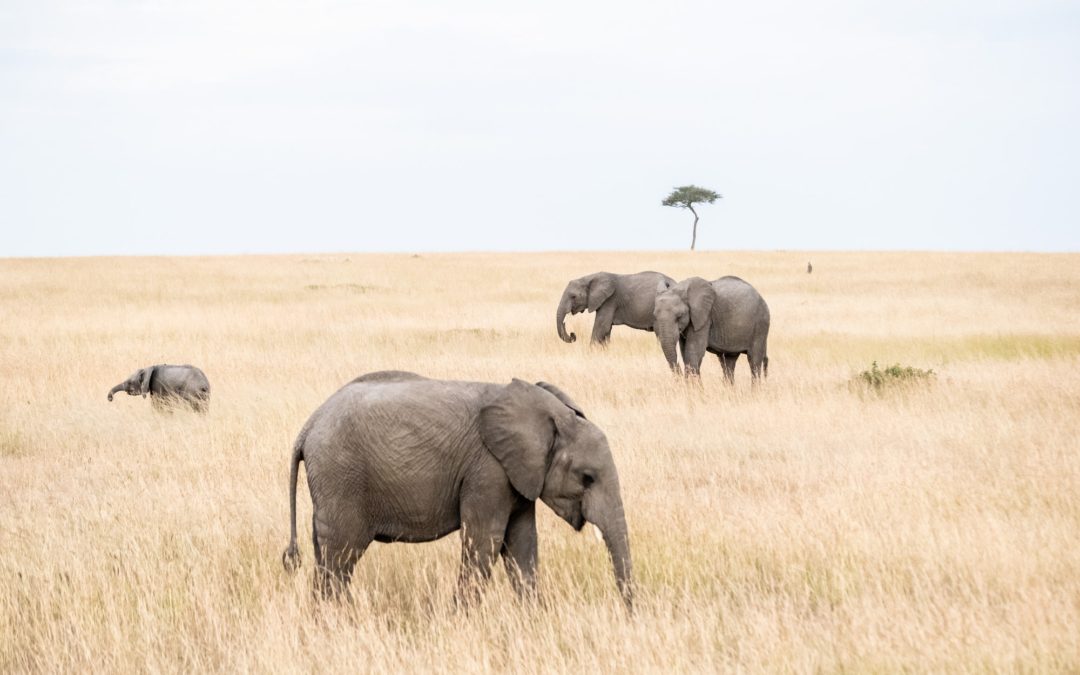
Researchers from the University of Oxford and the University of Bath in the UK have developed a method for counting elephants in complex environments, using imagery from Maxar Satellites. This breakthrough can supervise up to 5000 square kilometres of elephant habitat on a cloud-free day.
The elephant counting is done by machine learning, which is a computer algorithm taught and trained to recognize elephants in different environments and scenery. Dr Olga Isupova, the creator of the algorithm told BBC:
“We just present examples to the algorithm and tell it, ‘This is an elephant, this is not an elephant. By doing this, we can train the machine to recognise small details that we wouldn’t be able to pick up with the naked eye.”
To begin with, the scientists observed South Africa’s Addo Elephant National Park because of its high density of elephants. The area also has both thick and open savannah which made it possible for the machine learning to look at elephants in a variety of backdrops.
These images could offer an effective replacement for surveillance using humans in aircraft. Conservation organizations are already curious about the method.
African elephants are listed “vulnerable” on the IUCN Red List of Threatened Species. In an interview with Cnet, Olga Isupova said that accurate monitoring is essential if we’re to save the species.
This project opens up a new and effective way of monitoring vulnerable and endangered animals like the African elephant.
If you’d like to read the whole paper on the elephant detection work, you can do it HERE.





